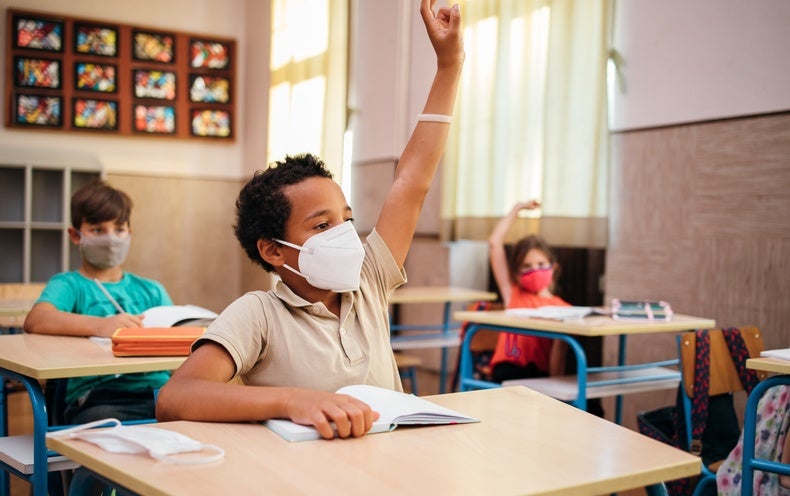Ventilation in Classrooms:
A constant flow of fresh air in classrooms is essential when creating an effective learning environment, bringing many benefits to both students and teachers in terms of comfort and performance. Studies have shown that students perform better if their classrooms are well-ventilated.
Below, we’ll explain why it’s so important to ensure your classroom is well ventilated

4 reasons ventilation in classrooms is essential
Air Quality
Effective ventilation ensures there is constant air changes within the parameters of the classroom. There is a constant stream of fresh air circulate and pollute stale air extract from the room. It is known fact that poor indoor air quality linked to many health conditions. The build-up of pollutants and Volatile Organic Compounds (VOC’s) contribute to highly polluted air that inhaled by students and teachers. Cleaning products, sprays and glue are just some of the contributors to the poor atmosphere trapped in classrooms. In fact, installing a ventilation system can help reduce the pollutant build up by removing toxic air.
Concentration
Poor indoor air quality linked to decreased concentration levels. When 30 children are in one room there will be extremely high levels of CO2, which often exceeds the CIBSE guidelines maximum of 1500ppm. This will directly affect the performance and attention span of those in the room. Causing tiredness, drowsiness, and a lack of concentration and an increase to getting infect with Covid. Longer term exposure to polluted air can also lead to headaches, irritation of nose and throat, and coughs – sound familiar?
Filtration
Mechanical ventilation Units have inbuilt filters, that not only filter the air that exhausted, but the air that brought in from outside. High grade filters ePM10 70% (F7) are in place on the supply air in. Although we refer to ‘fresh air’ as the air coming in from outdoors, how fresh do you really think it is? Depending on your location and distance from towns, cities and busy roads, the air pollution differs. Filtering the air coming into the classroom ensures pollution levels minimised and ‘fresh air’ really is coming in!
Filtration should be used alongside ventilation, not instead of.
Control
In fact, the great thing about Mechanical Ventilation is that not only does it let you control your indoor environment. But it also contributes to the temperature of the room. Mechanical Ventilation with Heat Recovery units transfer the heat from the extracted air across to the incoming air without any cross contamination. This means the heat retained in the classroom whilst the air ventilated. Adding a CO2 sensor to the system provides demand control ventilation, meaning the supply and extract flows ramp up and down according to the CO2 levels.
